-
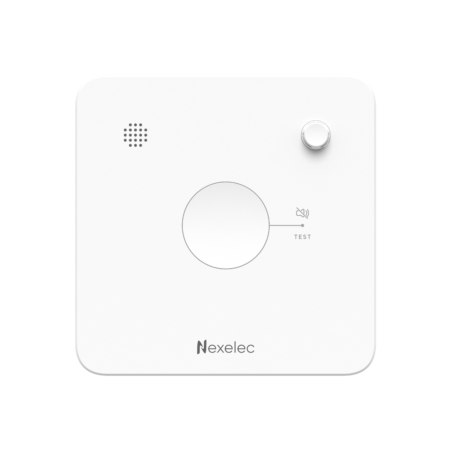
HEAT+
Heat detector. 10-year battery. NFC chip
-

Design
Facilitates acceptance of the detector by residents
-

Digital detector logbook
QR Code + Application for monitoring installation and maintenance of a fleet of detectors
-

Electronic maintenance certificate
After each maintenance operation, a unique certificate is stored in the detector’s secure NFC chip
-
-
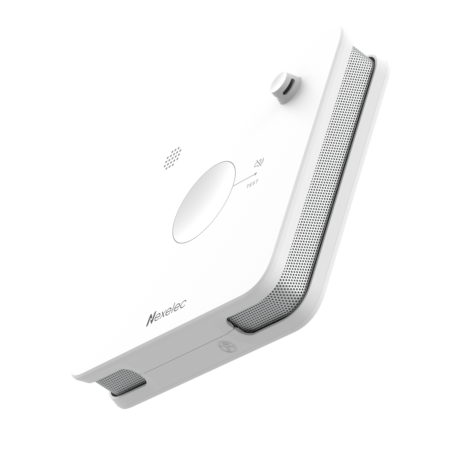
WARM
Connected heat detector. 10-year battery
-

Connected
Remote maintenance without entering the home
-
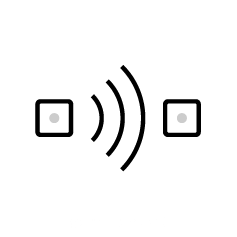
Interconnection
Up to 25 interconnected sensors and accessories
-
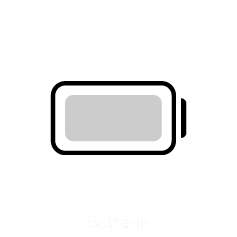
10-year battery
Sealed and welded lithium battery
-
Heat detectors, useful where smoke detectors cannot be installed
The heat alarm is a device that detects extreme heat. It detects the heat emitted by fire, not smoke. It can be installed in places where a smoke alarm system cannot be present, such as the garage, laundry room or kitchen. For optimum safety, heat alarms can be interconnected with smoke detectors. This ensures that the audible warning is heard while the occupants are asleep.
It also plays an essential role in early fire detection. It enables rapid action to be taken to minimize damage and ensure the safety of building occupants. Heat alarms are less susceptible to false alarms than smoke detectors. This is because they react primarily to heat, not to the presence of smoke particles. They are therefore suitable for environments subject to smoke or dust emissions.
The heat detector is therefore a crucial component in various fire safety systems, providing early fire detection by monitoring temperature variations.
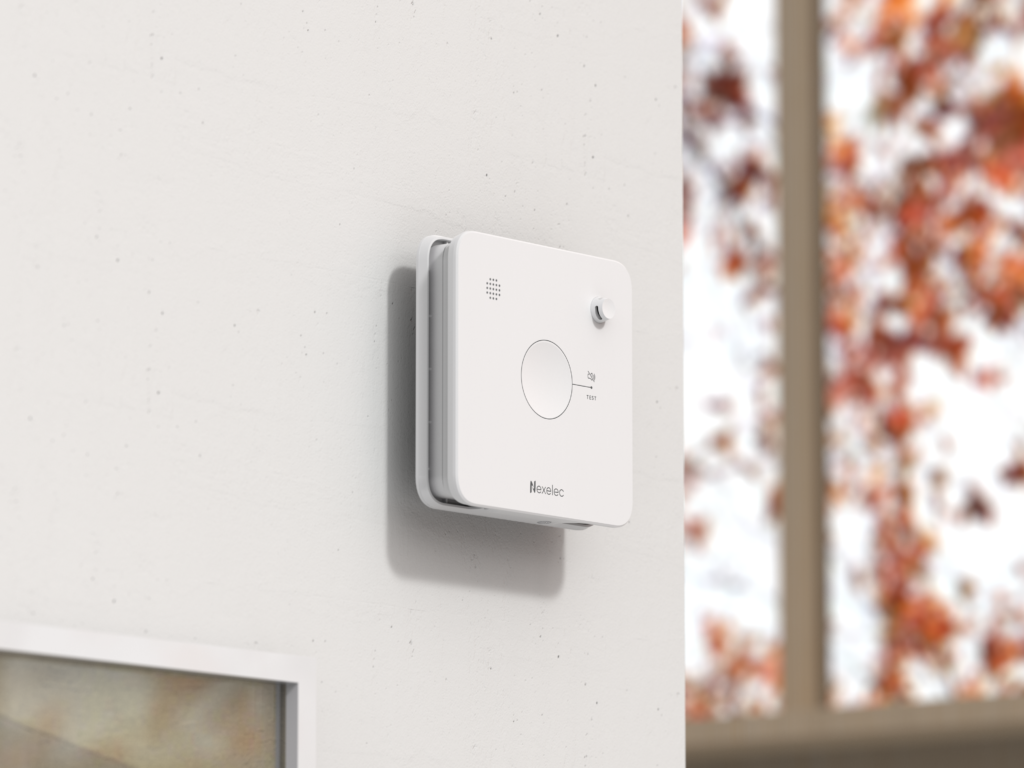
Frequently Asked Questions
Our experts answer your questions
The heat detector (DAAT) identifies rapid temperature changes that could indicate the start of a fire. This product monitors rooms such as kitchens, garages and laundry rooms, where smoke detectors (DAAF) cannot be installed.
WARNING: for your own safety, do not disable your detector if it is operating correctly!
To switch off a sealed-battery detector, simply take a paper clip, insert it into the square hole at the back of the product, and pull slightly to raise the switch. If the detector has a changeable battery, simply remove the battery to switch the product off.
Please wait at least 20 seconds before switching the detector back on.
Our sealed-battery detectors are fitted with a battery with a maximum life of 10 years under normal conditions of use (with proper product maintenance). The detector battery is not replaceable. The end of battery life means you need to replace your detector.
On replaceable-battery detectors, you can change the battery whenever you need to. The product’s end-of-life is reached after 10 years of operation. End-of-life means that you must replace your detector.
Recycling the detector: A used detector is electronic waste and must be recycled. The detector must be deposited in a dedicated collection bin available from supermarkets, household appliance stores or waste collection centers.
If the detector is replaced by an identical product, the new detector must be compatible with the existing mounting base.
Our clients
They trust us


















